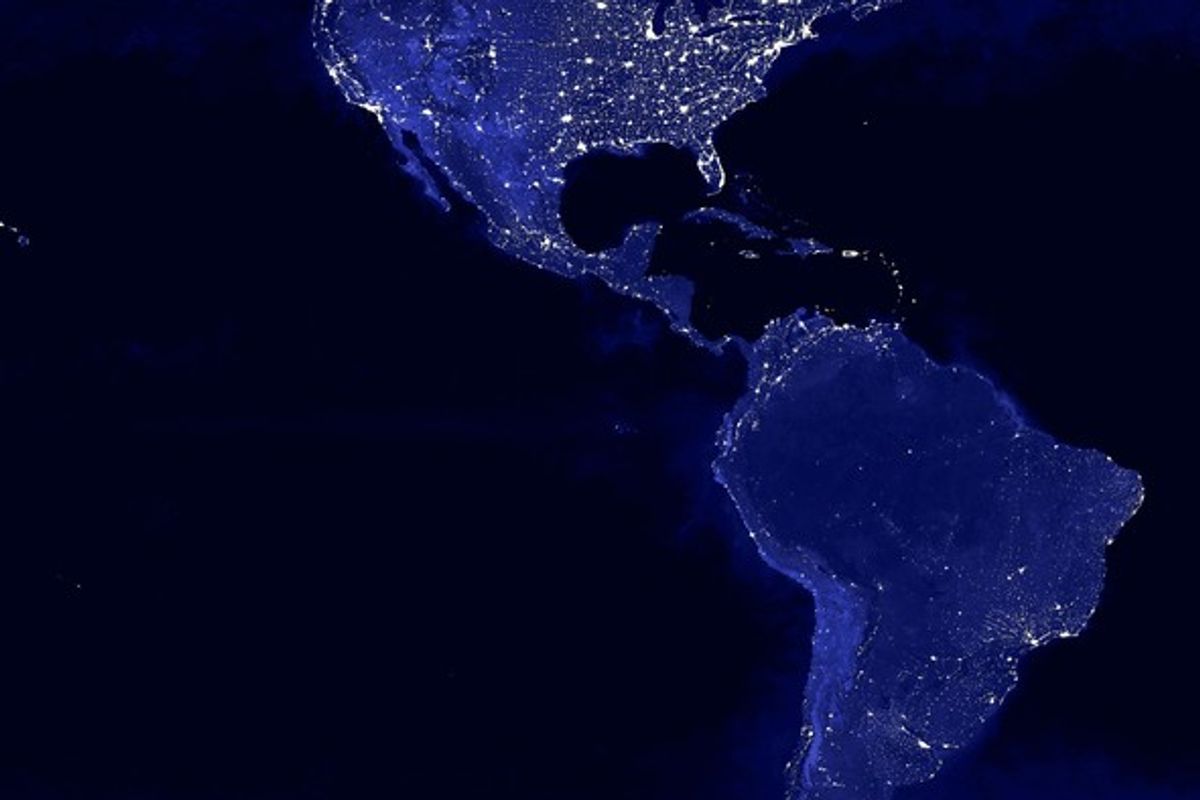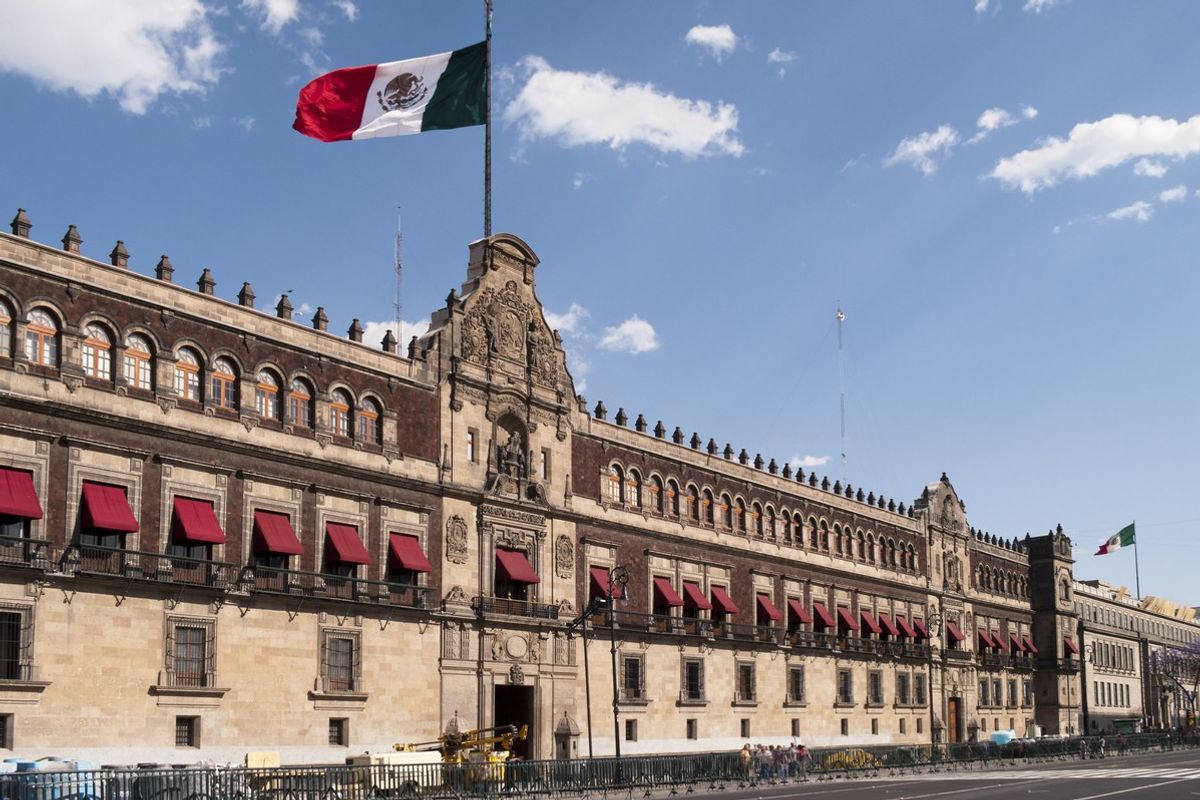Aside from a “big, beautiful wall” and so-called “bad hombres,” references to the southern border and illegal immigration, the U.S. campaign season has largely neglected any discussion of policy toward Latin America. As the presidential election looms ahead, the winner has the potential to either build on the initiatives of the Obama Administration – or upend them entirely.
Peter Hakim, President Emeritus of the Inter-American Dialogue, told the Cipher Brief that “the November election results will shape the content, style, and tone of U.S. engagement with Latin America.”
U.S. relations with Latin America have made progress in recent years, and in the words of Shannon O’Neil of the Council on Foreign Relations, Latin America is a “good news story.” In fact, according to Ralph Espach, a Senior Research Scientist at CNA, “regional relations are now shaped less by the ideologies of the 1960s than by the challenges of this century, including climate change and its devastating effects, improved public security, and creating more diverse, equitable, and innovative economies.”
In March, as President Barack Obama traveled to the region, former Deputy Assistant Secretary of Defense for Western Hemisphere Affairs Frank Mora told the Cipher Brief that the primary goal of the trip would be to cement the Administration’s policies as much as possible in order to make them irreversible when a new President and Congress takes office next year.
Though it will remain important for Washington to maintain its relations with capitals throughout the region, four key relationships in the hemisphere will rely on particular U.S. attention and cultivation going forward – Argentina, Colombia, Cuba, and Mexico.
Argentina
The election of Mauricio Macri, the center-right and market-friendly Argentinian President, changed the nature of the relationship between Buenos Aires and Washington. Challenges, including the seizure of a U.S. military plane in February of 2011, had damaged bilateral relations to the point that, according to Mora, “there was little to no dialogue between the two countries on most issues.”
But the election of Macri has given the U.S. what both countries see as a chance for credible partnership – both economically and on security matters – in the hemisphere, especially as former powerhouse Brazil faces economic and political instability amidst the plague of scandal.
As O’Neil told the Cipher Brief, Argentina is an example of “pragmatic leadership that the United States can work with.”
Colombia
After a shocking rejection in a national referendum of the proposed peace deal between the government of Colombia and the Revolutionary Armed Forces of Colombia (FARC) – a peace deal the U.S. had spent significant time, diplomatic and military attention as well as money stewarding – Colombia was left in limbo.
However, on Wednesday, FARC leader Timochenko announced on Twitter that the two sides had returned to the negotiating table and produced a new agreement that was “close” to “covering the uncertainties of the people.”
The U.S. has pledged continuing support to Colombia, one of its deepest and most trusted partners in the region. In fact, in February of 2016, the White House announced “Peace Colombia,” the follow-on to the much-heralded “Plan Colombia” under which Bogota received nearly $10 billion from the U.S. over 16 years.
Peace Colombia will, according to the White House, “scale up catalytic U.S. support to help Colombia “win the peace,”” through increasing bilateral foreign assistance, focusing on “expanding state presence” in rural area, justice reform and counternarcotics.
Hakim believes that Colombia will remain a priority in the next administration, which will continue to provide “assistance to Colombia for administering its peace agreements with the FARC and other guerrilla forces, while reintegrating millions of displaced persons and avoiding a surge of narcotics trafficking and other criminal activity.”
Cuba:
Barack Obama’s trip to Cuba in March was the first visit in 88 years by a sitting U.S. President. From restoring diplomatic ties in December of 2014 to lifting the ban on Cuban cigars and rum, the Obama Administration has made normalizing relations with Cuba part of its legacy.
Yet, obstacles remain: the U.S. trade embargo is still in place and can only be lifted by Congress. Even during his trip, President Obama raised the issue of human rights and made it a point to meet with dissidents, stating, "even if we lifted the embargo tomorrow, Cubans would not realize their potential without continued change here in Cuba."
However, in the run up to the presidential transition period, the Obama Administration has tried to “make progress as irreversible as possible, regardless of who is in the White House in January 2017,” Mora said. “Over the last year and a half, several different functional agreements were signed with the Cubans to do just that: to solidify, to consolidate, and to institutionalize this process of normalization.”
Mexico:
No relationship between the U.S. and countries in the region could be impacted more by the results of the U.S. election than that with Mexico. Mexico is the U.S.’ third largest trading partner, after Canada and China.
From the $1.5 billion in bilateral trade per day passing between the two countries, to the Merida Initiative, a plan to fight organized crime, illicit trafficking, and reform the security services, the U.S.-Mexico relationship is sprawling, complex, and essential to maintain given the two countries’ shared border.
But according to Hakim, “by revealing a powerful anti-Mexican bias among many Americans, the current electoral campaign could make that task much harder.”
Will the next U.S. President build on the existing policies in Latin America or will the U.S. upend some of them? We will know soon enough.
Callie Wang is vice president of analysis at The Cipher Brief.











